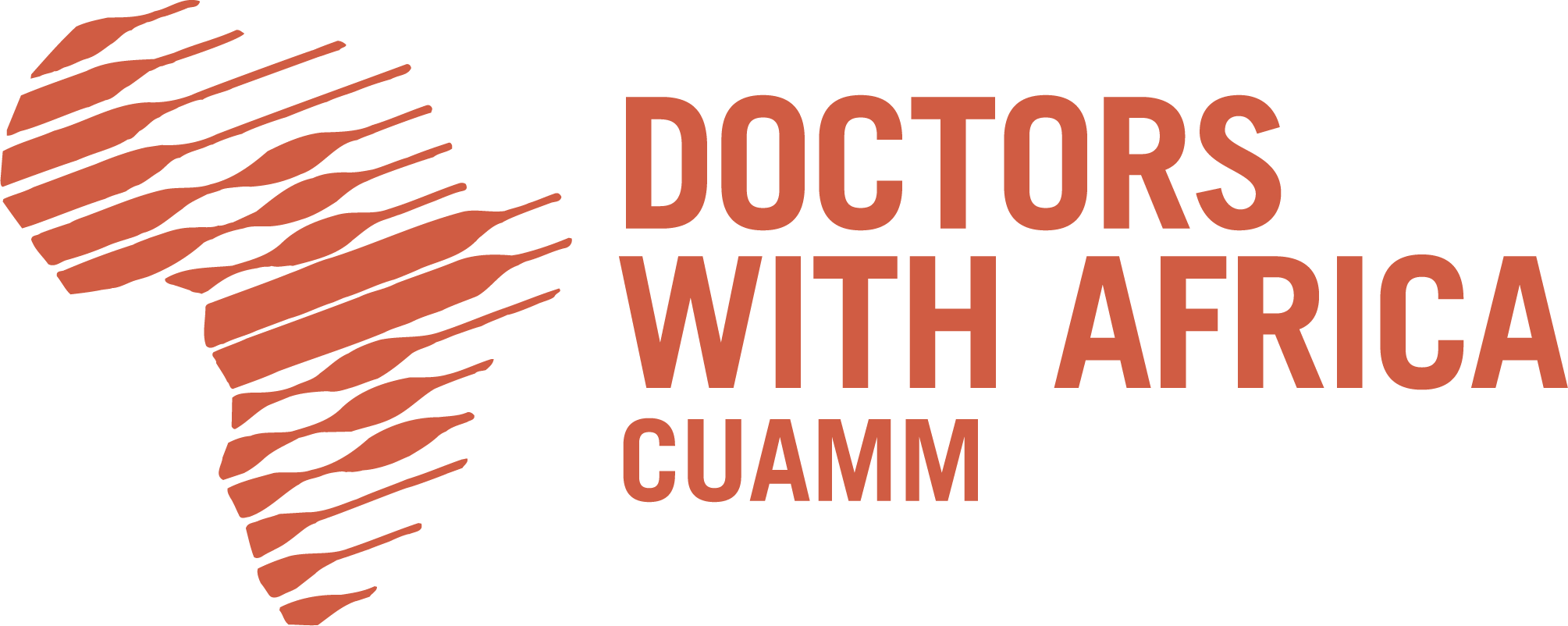The performance of a health care system can be measured by three parameters: the coverage, equity and quality of health care services. In Sub-Saharan Africa there are still major problems in each of these areas which prevent the respective countries from achieving the Millennium Development Goals related to maternal and neonatal health.
The objective of the study presented here was to analyze these three parameters together, based on the premise that they are closely interrelated and that an analysis of any one of them without the other two makes it difficult to obtain an overall picture of the system.
The study was carried out in three countries where Doctors with Africa CUAMM is active with health care projects: Ethiopia, Uganda and Tanzania. Its findings brought to light serious problems for each of the above-mentioned parameters, and showed how a negative performance related to one of them can negatively influence the other two.
In Uganda, where 42% of women have access to assisted deliveries in health care facilities, much work needs to be done in order to improve the quality of services and programs to encourage access by other groups in the local populations. In Tanzania access to health care is high, but the quality of the services provided is very low, underlining the overall weakness of that country’s health care system. In Ethiopia, where 20% of women have access to deliveries in health care facilities, peripheral health care centers are not yet capable of providing emergency obstetric services, and only the most affluent segments of the population have access to hospital care, which is generally of good quality.
In settings that are profoundly different from country to country and from region to region in terms both of health care and territory, taking a multidimensional approach when assessing a health care system makes it possible to get a full picture of it, thereby enabling the planning of specific and effective projects and activities.
